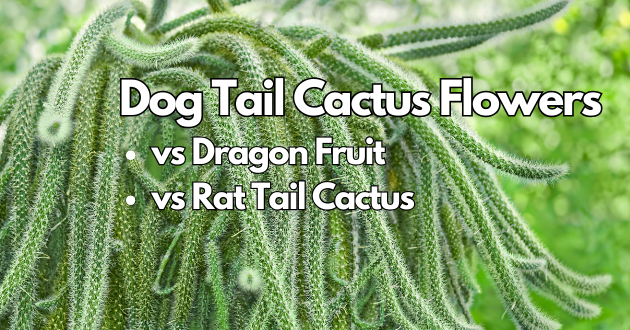The Dog Tail Cactus has captured the hearts of plant enthusiasts due, to its look and fascinating traits. This captivating cactus features trailing stems and a soft texture making it a delightful addition, to any space. Like any plant it’s important to grasp its specific requirements and unique characteristics in order to ensure optimal growth.
What Is Dog Tail Cactus?
The Dog Tail Cactus, scientifically referred to as Selenicereus testudo is a captivating plant that has gained popularity due, to its name and appearance. Its cylindrical leaves adorned with clusters of spines bear a resemblance to a dogs tail, which explains its name.
This cactus is not just visually appealing; it also showcases a growth pattern. As it develops it gracefully trails downwards making it an excellent choice for hanging baskets especially when positioned in front of a window. This positioning creates a cascading effect, from the pot. Additionally this plant might also be known by the alternative name Deamia testudo.
Does Dog Tail Cactus Flower
Sure thing! The Dog Tail Cactus is more, than a plant; it also showcases stunning pink blossoms that bear a striking resemblance to orchids when exposed to enough light. These blooms contribute to its appeal making it a standout feature, in any garden or indoor space.
Dog Tail Cactus Problems
The Dog Tail Cactus, similar, to plants encounters obstacles. The main issue to watch out for is overwatering. This cactus flourishes in soil conditions and excessive moisture can result in root decay. Furthermore inadequate lighting may cause the plants stems to appear pale and feeble. It’s also important to be vigilant against pests, like mealybugs as they can pose a threat that requires inspection.
Dog Tail Cactus Poisonous
Make sure safety is your priority! Remember, the Dog Tail Cactus should never be consumed as it can cause discomfort or allergic reactions, in both humans and pets. Look out for symptoms, like nausea or skin irritation. Always keep the plant out of reach especially if you have children or pets who might be curious enough to touch or eat it.
Do Dog Tail Cactus Bloom
The Dog Tail Cactus is truly delightful because it has the ability to produce pink flowers that look like orchids. These stunning blooms typically appear in cared for plants and they are a wonderful sight, for plant enthusiasts.
Dog Tail Cactus Turning Brown
When a Dog Tail Cactus shows discoloration it’s actually a sign of distress. Much water can make the roots rot and turn the cactus brown. On the hand not giving water can also cause browning. The plant can also get stressed from temperatures whether its too hot or too cold. Make sure to check the moisture of its soil and keep it in an environment.
Dog Tail Cactus vs. Rat Tail Cactus
Although both are types of trailing they possess characteristics. The Rat Tail Cactus, known for its spines resembling hair can withstand drought and sunlight with ease. Additionally it showcases pink flowers during the late spring season. On the hand the Dog Tail Cactus has spines and tends to thrive in slightly more humid conditions. It’s essential to identify these cacti to provide them with the care they need.
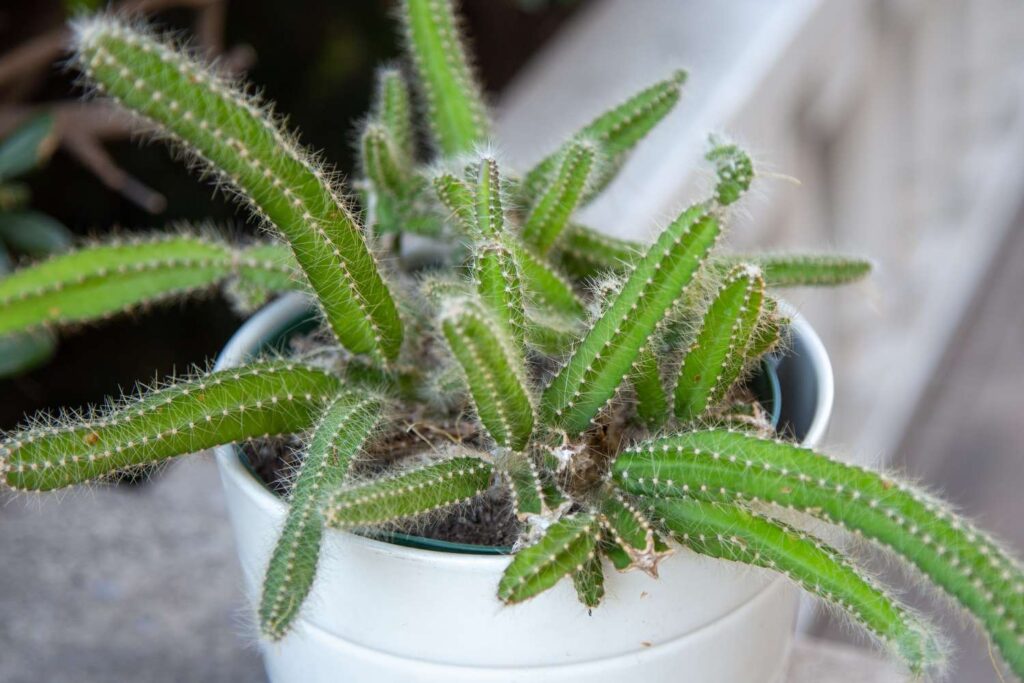
Why Is My Dog Tail Cactus Turning Yellow
Seeing yellowing leaves can be quite concerning. This alteration, in color is usually a consequence of watering. When the soil becomes overly saturated it can hinder the roots ability to breathe leading to their decay. Additionally insufficient exposure, to light can also play a role in this issue. To address this problem it is recommended to modify the watering routine and make sure the plant gets light.
How to Care for Dog Tail Cactus
Taking care of this cactus involves ensuring it receives light, water and soil conditions. Find a spot where it can get indirect sunlight. Only water it when the soil feels dry, to the touch. Using a soil mix that drains well can help avoid any root rot issues. Remember to check for pests and trim as needed.
How Often to Water Dog Tail Cactus
This particular type of cactus thrives in conditions. It’s important to allow the soil to fully dry between watering sessions. A simple way to check is, by inserting a finger into the soil; if the top 2-3 inches feel dry then it’s an indicator that watering is needed. It’s best to avoid overwatering as it can cause issues so its safer to be a bit cautious.
How to Propagate Dog Tail Cactus
Expanding your plant collection through propagation can be an option. When it comes to the Dog Tail Cactus using cuttings is the recommended approach. Simply take a segment allow it to dry for a days to form a callous and then plant it in a well draining soil mixture. By providing care you’ll see roots develop and eventually witness the growth of a plant.
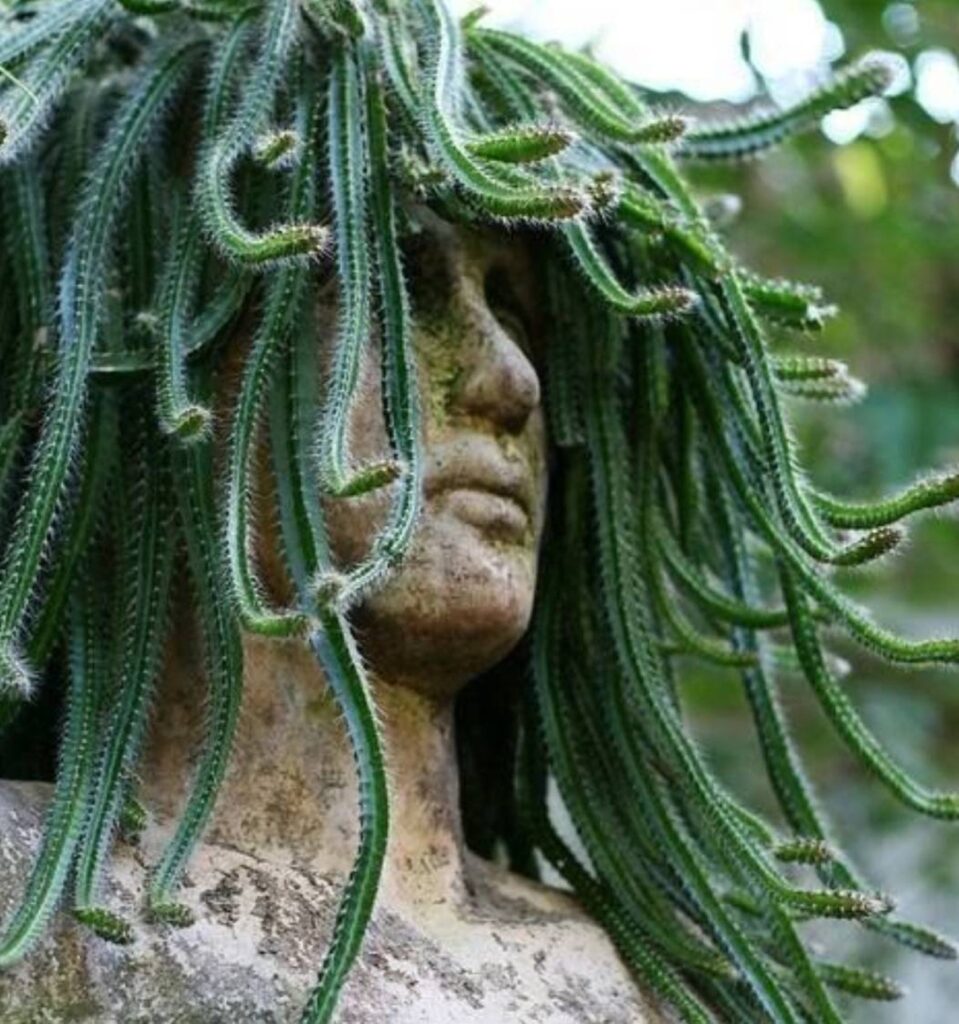
How to Repot Dog Tail Cactus
When the cactus starts to grow it might get too big, for its pot. Before repotting make sure that the soil is completely dry. Gently take out the plant remove any soil and check the roots for any signs of damage. Select a pot, than the previous one fill it with an appropriate soil mixture and transfer the cactus into it. Remember to wear gloves to prevent getting pricked by its spines.
How to Take Care of a Dog Tail Cactus
This particular type of cactus flourishes when it receives the amount of light, water and soil. It’s best to position it in an area where it can get indirect sunlight. It’s important to be mindful, with watering allowing the soil to dry out before each watering session. It is recommended to use a soil mixture that drains well and keep the cactus away from drafts or heaters, for growth.
Dog Tail Cactus Growth Rate
The rate of growth may differ depending on how it’s taken care of and the environment it is, in. Under conditions it can grow an inches each year. When found in its habitat it can reach heights ranging from 6 to 9 feet. Indoor plants usually stay shorter in comparison.
Dog Tail Cactus Turning White
White spots can be worrisome. They often indicate infections or pest infestations, such, as mealybugs. It is important to identify the problem. The appropriate treatments will vary depending on the cause. May involve using fungicides or insecticidal soaps.
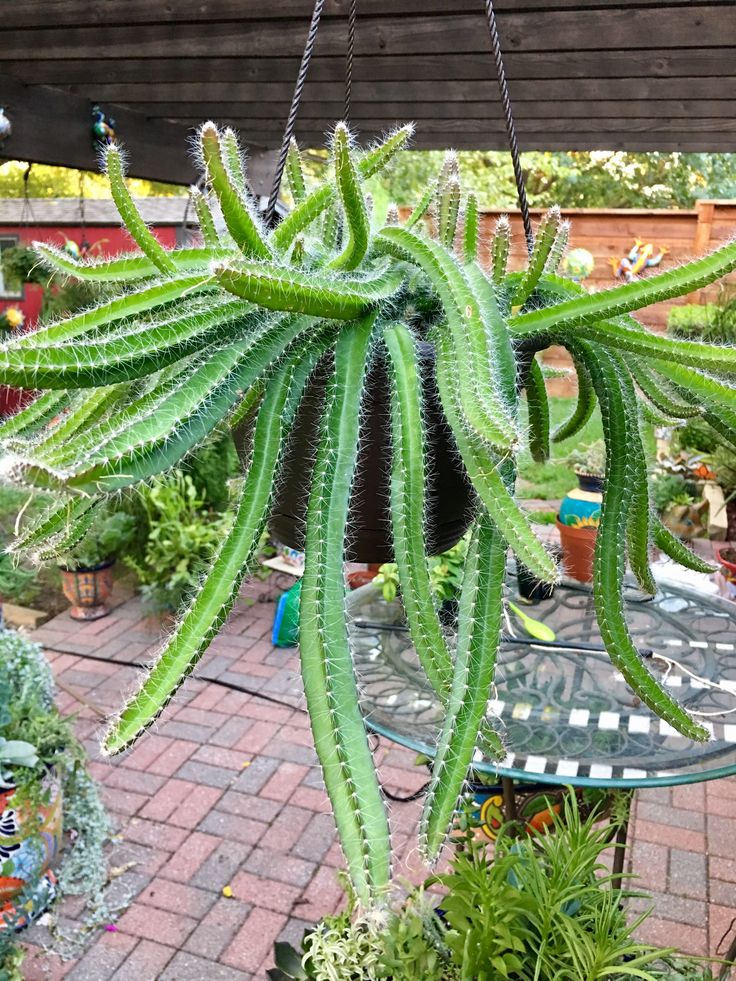
Dog Tail Cactus vs. Dragon Fruit
Both of these plants are members of the cactus family. They have purposes. The Dog Tail Cactus is primarily grown for its appeal while the Dragon Fruit cactus is cultivated for its fruit that is packed with essential vitamins and minerals.
Dog Tail Cactus Aerial Roots
If you happen to see roots it means the plant is trying to find moisture or support. It’s nothing to worry about a sign that the plant is adapting to its environment. Making some changes, in how you take care of it can help meet its requirements.
Dog Tail Cactus Cuttings
Taking cuttings and propagating them is an used technique. Select a portion of the cactus let it dry and form an outer layer for a few days and then place it in an appropriate soil mixture. With nurturing it will sprout roots. Flourish, into a fresh new plant.
Dog Tail Cactus Toxic to Cats
Hey cat lovers! Just wanted to give you a heads up, about this cactus. It’s not exactly cat friendly if they happen to nibble on it. It could cause them to throw up or have a stomach. So it’s an idea to keep the plant out of your friends reach somewhere they can’t get to it.
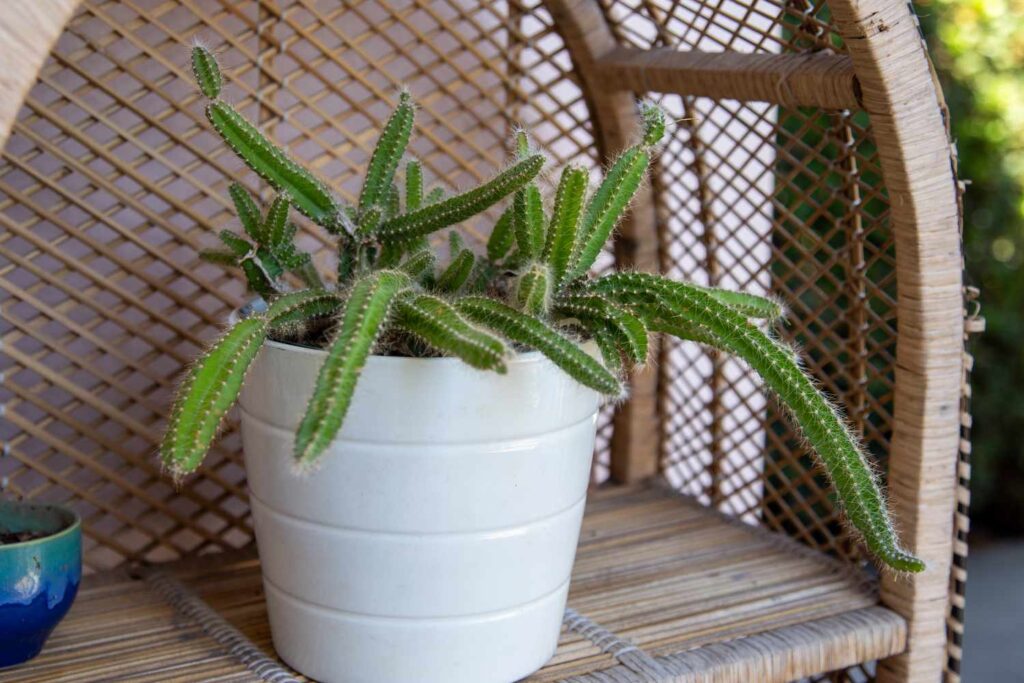
Dog Tail Cactus Propagation
Broken Stem Propagation;
- Take a stem cutting that’s least 6 inches long.
- Let the cutting dry, for three to four days until it forms a callus.
- Plant the stem in a potting mix making sure to bury the bottom end while keeping the side above the soil as it won’t grow.
- Initially mist the potting mix after planting. If you prefer to water by soaking wait for around two weeks to allow time for root development.
Rooting Stem;
- Of cutting the stem you can propagate by rooting a section of it.
- Place the stem on top of the mix. Bury a portion of it in the medium.
- Mist the buried section every three or four days.
- Within than a month roots will develop from the buried part of the stem. If you notice a stem emerging from this buried portion you can then separate it from the mother Dog Tail Cactus.
Propagation, from Seeds;
- After pollination seeds will be produced by the Dog Tail Cactus.
- Make sure to let the seeds dry thoroughly and store them in a place. When spring comes take the seeds. Place them on a potting mix, with more organic matter then cover them lightly with sand.
- Mist the seeds regularly until they start to germinate. Once one or two months have passed you can water the seedlings like you would mature plants.
- For a mix that works well for propagation combine two parts of grit (such as sand, vermiculite or rocks) with one part of matter like topsoil or compost.
- The pH level should be between 5.5 and 6.5. If you’re unable to create this mix yourself you can consider buying a cactus or succulent mix from a garden shop.
Here are some additional tips;
- The Dog Tail Cactus prefers indirect sunlight. Try to give your plants at six hours of sunlight in an area.
- This cactus thrives in humidity so aim for 50% humidity.
- The ideal temperature range for Strophocactus testudo is between 40 and 90 degrees Fahrenheit (4.4 to 32 degrees Celsius). Avoid exposing the cactus to frost.
- Water this cactus compared to other types of cacti but always make sure the soil is dry before watering again. You can also mist the stem with water droplets, between watering sessions.
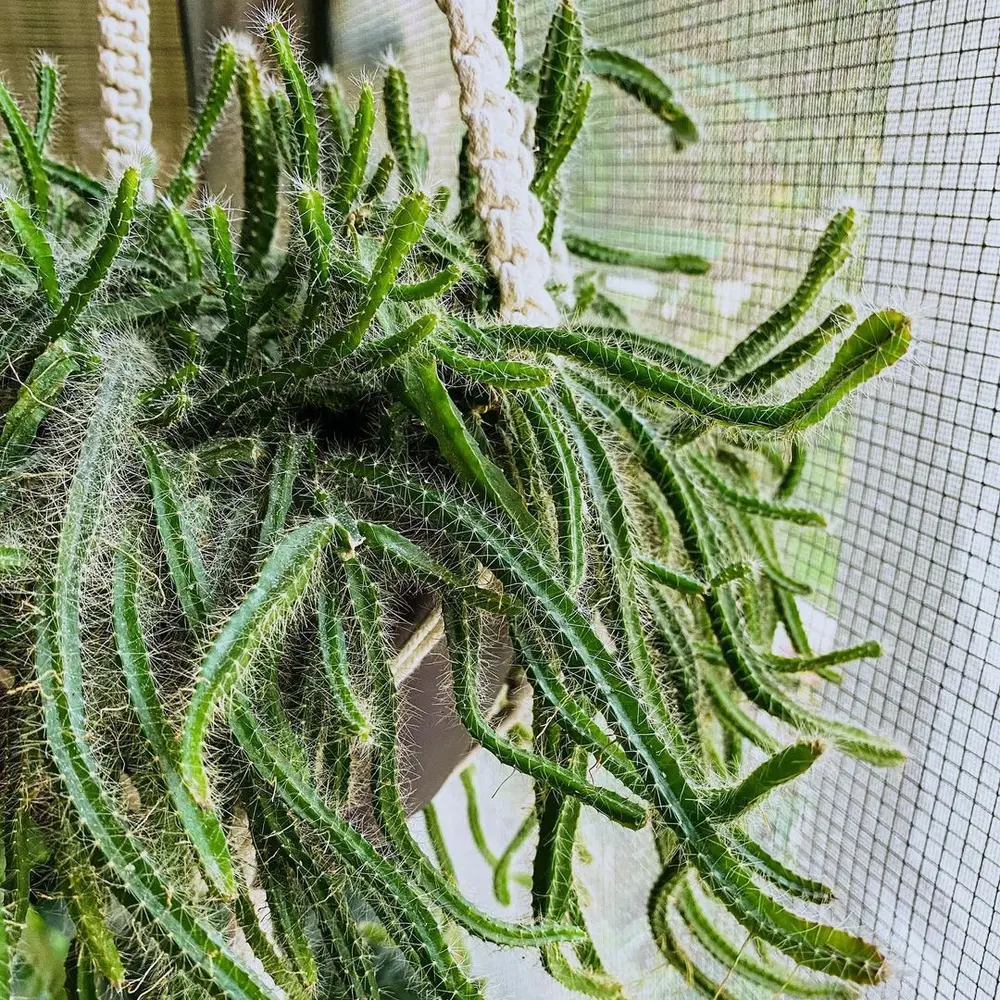
Dog Tail Cactus for Sale
You can find this cactus at nurseries and online stores. Just make sure to buy it from a trusted seller to ensure you get a plant.
Dog Tail Cactus Fruit
Although the Dog Tail Cactus is popular, for its flowers there is not available information, about its fruit production. People mainly appreciate it for its qualities.
Dog Tail Cactus Light Requirements
Taking care of plants involves ensuring they receive light. However it’s important to avoid exposing them to sunlight as it can cause damage. For the growth it is recommended to provide indirect light to the plants.
Dog Tail Cactus Indoor Care
To successfully grow plants indoors it is important to maintain a balance. Make sure your plant gets plenty of light water it, in moderation and use a soil mix that allows for proper drainage. Keep an eye out for any pests. Adjust your care routine accordingly as needed.
Dog Tail Cactus Scientific Name
The Dog Tail Cactus is scientifically known as Selenicereus testudo, which’s of interest, to those passionate, about botany.
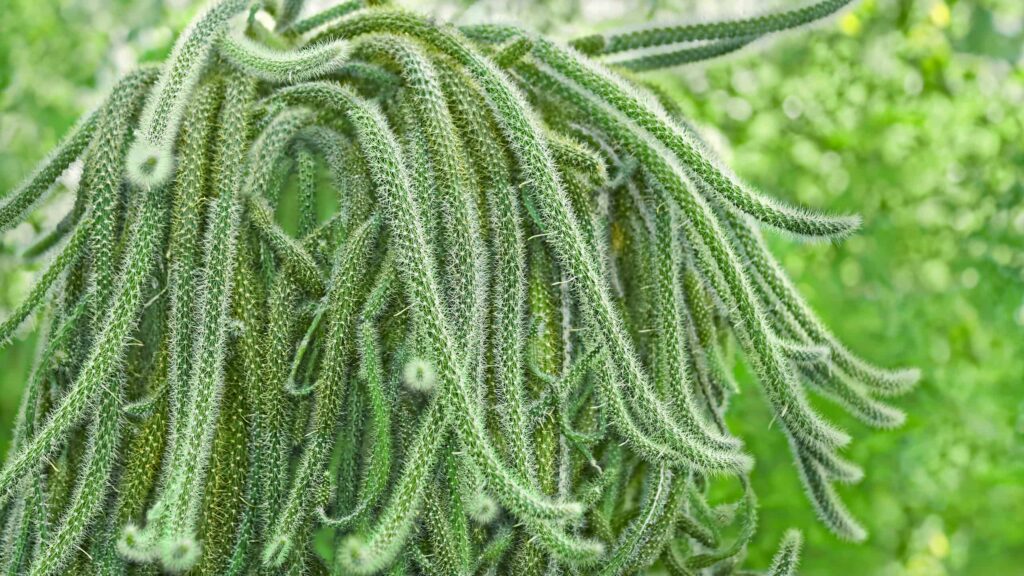
Puppy Dog Tail Cactus Propagation
Like, with plants you can also propagate puppy variants by using cuttings. Make sure the cuttings are, in health have had time to develop a callous and then plant them in appropriate soil.
How to Root Dog Tail Cactus
Growing the Dog Tail Cactus can be quite satisfying.
- First you’ll want to start by taking a cutting from the plant.
- Let the cut end dry and develop a callous, which usually takes a days.
- Once its ready place the cutting in a pot with draining cactus soil mix.
- In the beginning make sure to keep the environment moist for the cutting without letting it sit in soil.
- As roots start to form, which typically takes a weeks you can adjust to a watering routine.
Dog Tail Cactus Temperature
The Dog Tail Cactus is a type of plant that prefers conditions. It grows best in temperatures, between 40°F and 85°F. While it can handle decreases in temperature it’s important to protect it from frost during periods. Frost can harm the plant permanently causing it to change color and possibly die.
Can Dog Tail Cactus Take Full Sun?
The Dog Tail Cactus thrives in sunlight. Much direct intense sunlight can be harmful. Prolonged exposure, to sun rays may result in sunburn causing the plant to develop white discoloration. It is recommended to place the cactus in an area that receives bright, sunlight like a spot to a window, with sheer curtains.
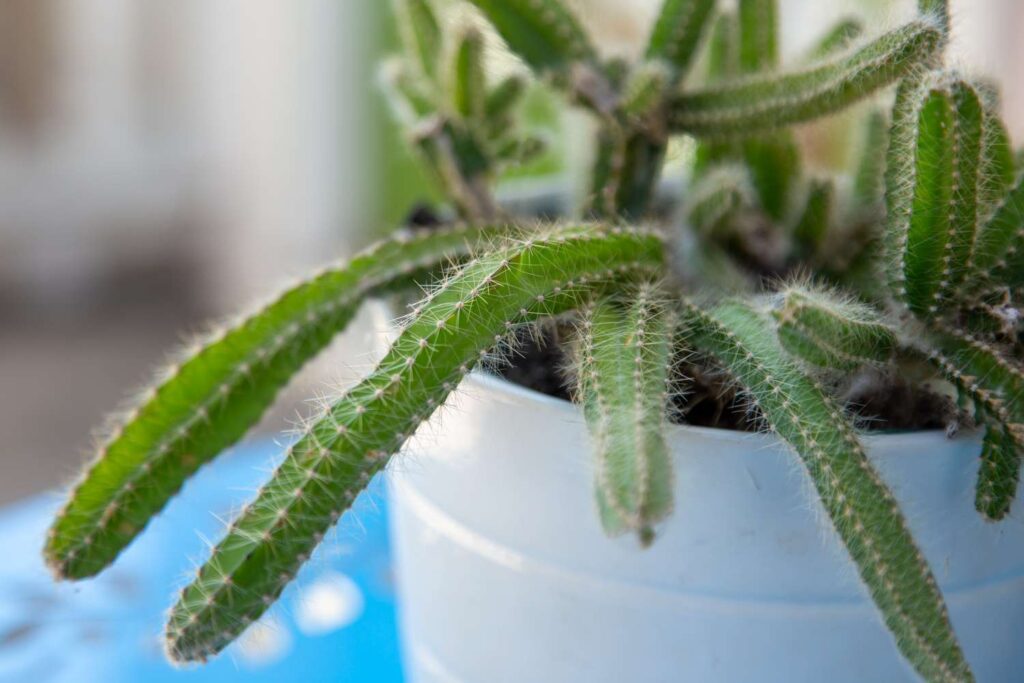
Are Dog Tail Cactus Soft?
Unlike cacti that are known for their structure the Dog Tail Cactus has a slightly softer and more flexible texture. However it’s important to note that it still has spines although they are not as aggressive, as those found on types of cacti. Therefore it’s necessary to handle the cactus with caution to avoid any pricks.
Can You Touch a Dog Tail Cactus?
Although the Dog Tail Cactus is relatively softer and less spiky compared to cacti it is still important to exercise caution. It’s an idea to wear gloves when handling cacti including the Dog Tail Cactus to prevent any accidental pricks or skin irritations.
Are Cactus Pups Bad?
Cactus pups are such a sight! They’re basically, like baby plants that pop up from the bottom or sides of a grown cactus. Not do they show that your cactus is doing well. They also give you a chance to grow more cacti. You can carefully detach these pups. Plant them to cultivate cacti.
How Long Can a Cactus Go Without Sunlight?
Cacti are incredibly tough. Have evolved to thrive in environments. Although they can withstand periods without sunlight prolonged lack of light can impede their growth and overall well being. Typically a cactus can survive for a days up, to a week without sunlight. If the absence is protracted it may become pale and elongate as it reaches out for the light source.
Is Too Much Sun Bad for Cactus?
Of course! Just, like how cacti require sunlight much direct exposure can be detrimental. Excessive sunlight can result in sunburns, which may cause the cactus to become discolored and potentially scarred. It’s important to find the balance ensuring that your cactus receives light without subjecting it to excessive exposure.
Do Dog Tails Grow?
When it comes to dogs yes their tails do grow, especially when they are puppies. However if a dogs tail gets hurt it may not fully regrow to its length depending on how severe the injury’s.
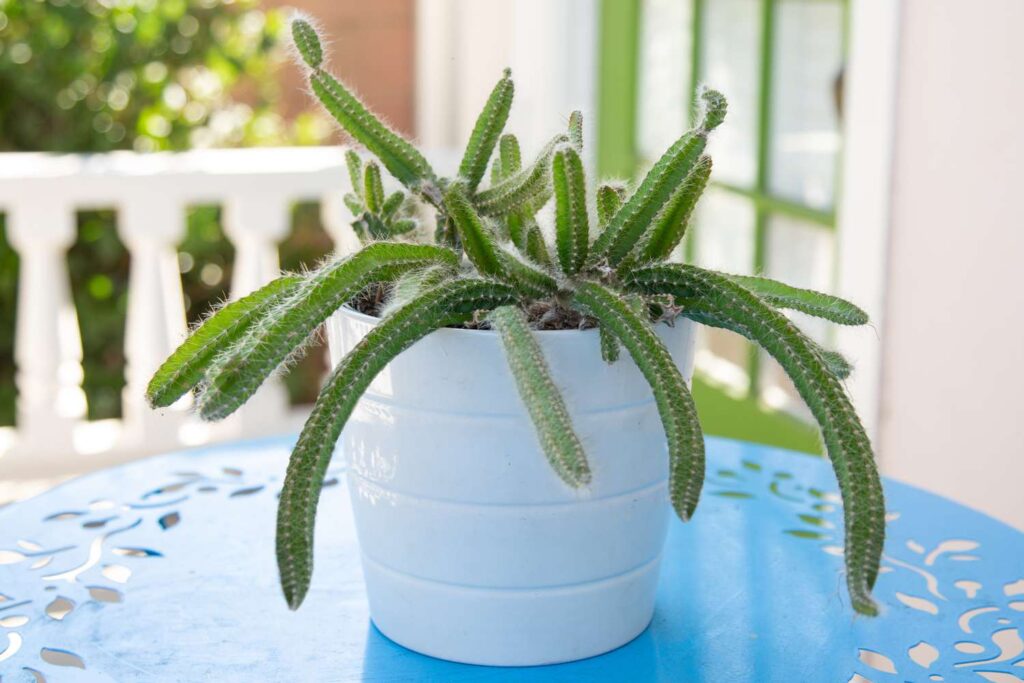
How Do I Know If My Dog’s Tail Is Infected?
If a dog has a tail you may notice signs such, as swelling, redness, warmth and discharge. The dog may also. Bite the area often which suggests that it is uncomfortable. If you suspect an infection it is important to seek advice, from a veterinarian to avoid any complications.
Should I Bottom Water My Cactus?
Bottom watering is a method that involves pouring water into the saucer beneath a pot enabling the plant to soak up moisture from the bottom. This approach can be advantageous, for cacti because it ensures that the roots receive hydration minimizing the chance of watering on the surface and encouraging deeper root development.
Did I Overwatered My Cactus?
Cacti often suffer from overwatering, which can cause signs. Keep an eye out for an mushy texture the plant turning yellow and a musty smell that indicates rot. If you think your cactus is being overwatered try reducing the frequency of watering and make sure the pot has drainage.
What Is the Hardest Cactus to Grow?
Growing cacti can be quite a challenge and the level of difficulty depends on the species and the environment. For instance like Ariocarpus fissuratus or Astrophytum asterias are considered demanding because they have specific care requirements and tend to grow slowly. It’s crucial to do research and comprehend the needs of each species to achieve cultivation.
Final Thought
The Dog Tail Cactus goes beyond being a plant; it serves as evidence of the incredible diversity and adaptability found in nature. By comprehending and meeting its needs, such, as providing light, water and maintaining an appropriate temperature one can guarantee the thriving growth of this cactus. As a result it remains an addition, to any collection of plants whether you’re a gardener or just starting out. Rest assured that cultivating the Dog Tail Cactus will bring you an enjoyable experience.
 Usalia
Usalia
